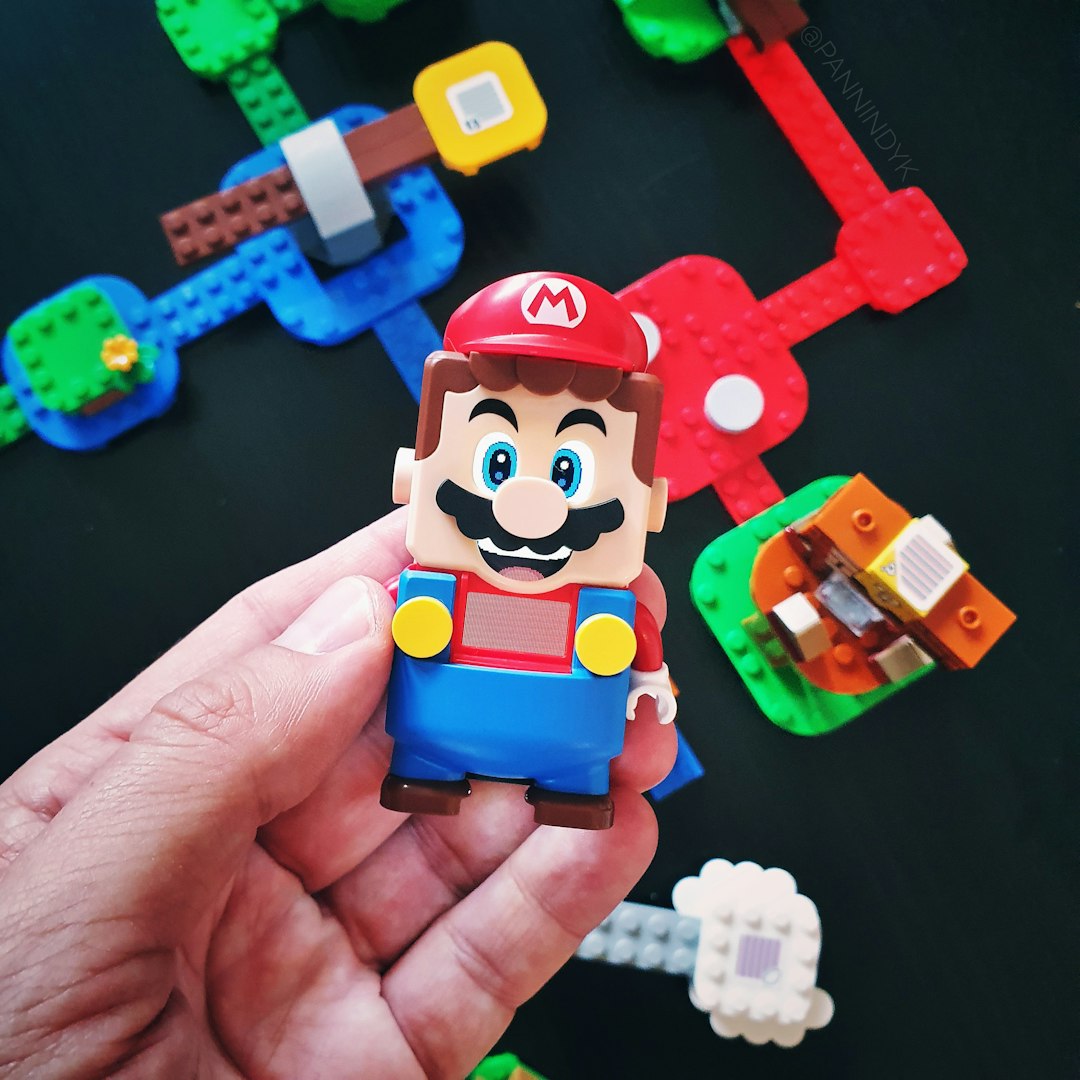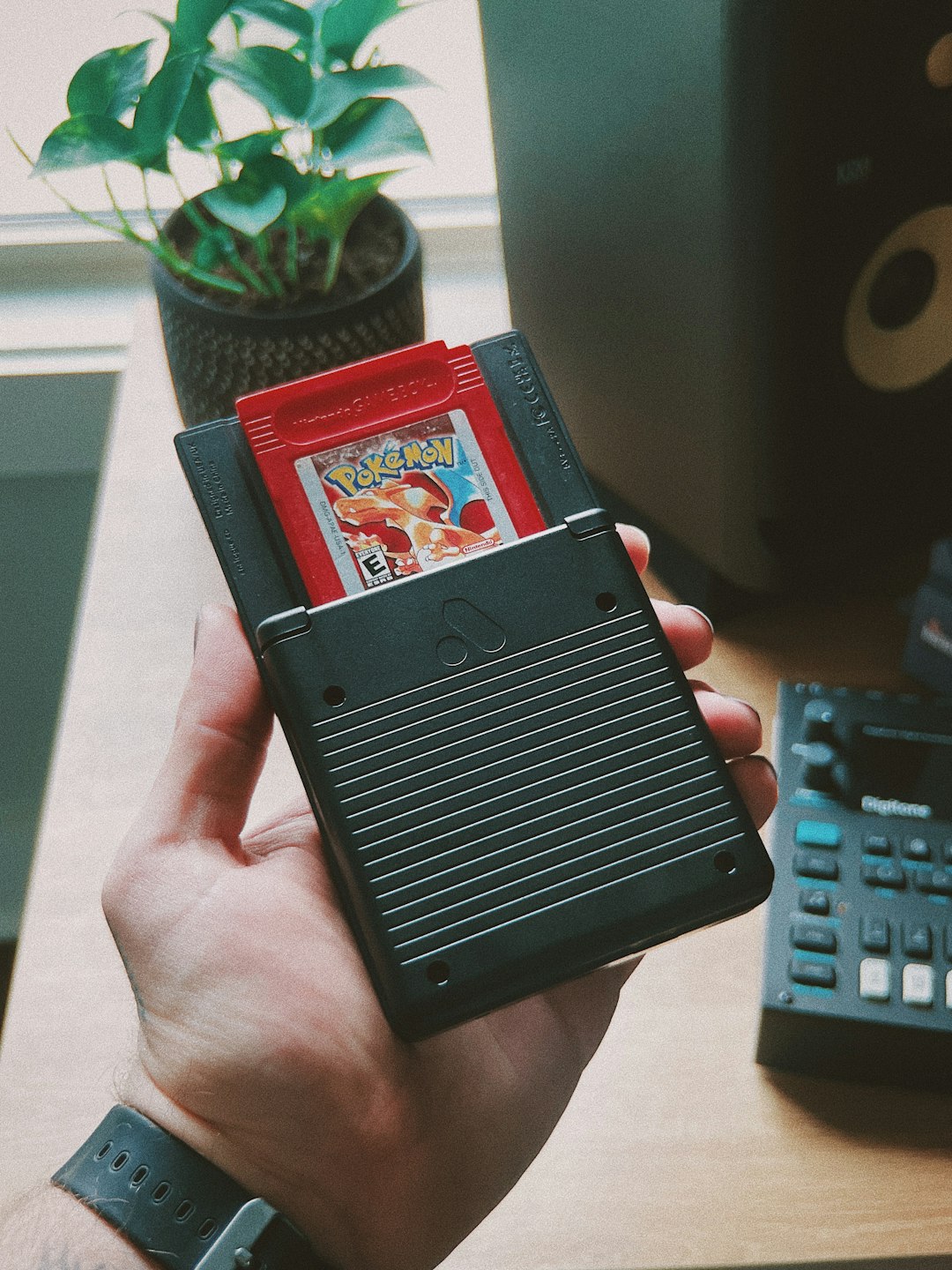For decades, Nintendo’s beloved franchise, Super Mario, has captivated gamers of all ages. However, beyond its success in digital formats, Mario has become a mainstay in the world of collectible merchandise. From action figures to vintage lunch boxes, rare amiibo, and limited-edition plush toys, the Mario collectibles market has seen a remarkable evolution—both in diversity and in value. In recent years, several economic and cultural factors have influenced the patterns of supply, demand, and pricing within this niche market. This article explores current trends, what drives them, and where the Mario collectibles market may be headed.
Contents
The Rise of Nostalgia-Driven Collecting
One of the most powerful forces in the Mario collectibles market today is nostalgia. Collectors, many of whom played Mario games during childhood, are now adults with disposable income. This shift has led to a surge in demand for items that remind them of the simpler, joy-filled days of their youth.
Some of the most sought-after products in this category include:
- 1980s Mario Bros. Plush Toys
- Original NES-era figurines
- Vintage lunch boxes and backpacks featuring Mario
- First-generation Super Mario games in sealed packaging
The nostalgia effect is not limited to private collectors. Companies like LEGO and Hasbro have strategically partnered with Nintendo to launch high-quality, limited-run products appealing to retro gaming fans. The resulting items often see a dramatic price increase on secondary markets shortly after release.

Economic Influences and Collectible Valuation
Market valuations for Mario collectibles have shown significant volatility over the past decade, but the general trend is upward. Prices for certain rare or historically significant items have increased by triple-digit percentages since the early 2010s. Economic factors such as inflation, scarcity of vintage items, and speculative buying have all played a role.
Three main economic forces shaping the Mario collectibles market include:
- Scarcity: Rare items, such as misprinted amiibo figures or regional promotional merchandise, become increasingly valuable over time as fewer pristine copies remain.
- Speculation: Marketplace platforms like eBay and StockX have facilitated speculative behavior, wherein buyers purchase collectibles with the sole intention of selling them at a higher price.
- Evolving Demand: As Nintendo expands its audience through mobile apps, movies, and merchandise collaborations, new consumers enter the collectibles market, sustaining and often increasing demand.
The impact of economic uncertainty, including global inflation and disrupted supply chains, has paradoxically increased demand for physical collectibles. In times of uncertainty, tangible assets often seem like more secure investments.
Key Segments of the Mario Collectibles Market
The Mario collectibles ecosystem is composed of multiple subcategories, each with its unique characteristics and growth trajectory. Understanding these segments is crucial for both hobbyist collectors and serious investors.
Amiibo Figures
Launched in 2014, Nintendo’s amiibo figures have become one of the most popular and lucrative categories. Limited editions, especially those bundled with special releases or exclusive to specific regions, command premium prices on secondary markets. For example, the Gold Mario amiibo, originally released as a Walmart exclusive, now trades for hundreds of dollars.
Vintage Games and Consoles
Sealed copies of early Super Mario games for the NES and SNES are increasingly rare. A sealed version of Super Mario Bros. sold for over $2 million in 2021, setting a new record for video game auctions. Similarly, console variants that include Mario branding—such as the red Wii or special edition Nintendo 64s—are also climbing in value.
Merchandise and Apparel
From clothes to backpacks and lunch boxes, Mario-themed merchandise spans generations. Older items from the 1980s and ’90s that are still in good condition are particularly sought after. Items that include original tags or packaging significantly increase in value for collectors.

Digital Marketplaces and Authentication
The rise of digital platforms has both simplified and complicated the Mario collectibles market. On one hand, online marketplaces like eBay, Mercari, and specialized auction sites have allowed sellers and buyers from around the world to connect. On the other hand, the risk of counterfeits and overpricing has complicated purchasing decisions.
To maintain trust, collectors are increasingly using third-party authentication services. Companies such as VGA (Video Game Authority) and WATA provide grading services that assess the quality and authenticity of collectible items. High-grade collectibles can fetch several times more than non-graded counterparts due to the additional layer of trust they provide.
Blockchain technology is also starting to play a small but growing role. Some collectors are beginning to explore NFTs associated with Mario-themed artwork or digital collectibles, though this area remains peripheral due to licensing constraints and Nintendo’s cautious approach to digital assets.
Collectors’ Communities and Events
Physical and online communities are central to the rise of the Mario collectibles market. Gaming conventions such as PAX, Comic-Con, and Nintendo Direct events often showcase exclusive merchandise and previews of upcoming releases, creating significant buzz in the collector community.
Online forums, Reddit groups, and Discord servers dedicated to Nintendo and Mario collectibles serve as vital platforms for sharing market trends, rare finds, and price data. These peer-to-peer interactions contribute to market stabilization and informed purchasing.
Important Mario collecting events and milestones include:
- The annual Super Mario Convention in Tokyo
- Special product drops during Mario Day (March 10)
- Limited-edition releases tied to anniversaries, such as the 35th Anniversary Collection in 2020
Predictions for the Future of Mario Collectibles
Looking forward, several trends indicate that the Mario collectibles market will maintain, if not increase, its momentum. Key drivers of future growth include:
- Expansion into New Media: With the success of the 2023 Super Mario Bros. Movie, and potential future sequels, new waves of merchandise will likely see high demand.
- Cross-Branding Collaborations: Continued partnerships with companies like LEGO, Puma, and Uniqlo suggest that fashion-driven collectibles are an area with untapped potential.
- Global Reach: Mario’s status as a global icon means that collectibles markets in Asia, Europe, and the Americas are all developing in parallel, with region-specific products enhancing scarcity and cross-border interest.
Moreover, as younger generations are introduced to Mario through mobile games and multimedia projects, the base of sentimental collectors is expected to expand. This inter-generational appeal could ensure the collectibles market remains robust for years to come.
Conclusion
The Mario collectibles market is no longer just a niche hobby—it has matured into a globally recognized collector segment with significant investment potential. Driven by nostalgia, consumer demand, and limited-edition releases, the value of Mario-themed merchandise continues to rise. As both new players and veteran fans engage with Mario through emerging media, the landscape for collectors remains dynamic, competitive, and full of opportunity.




